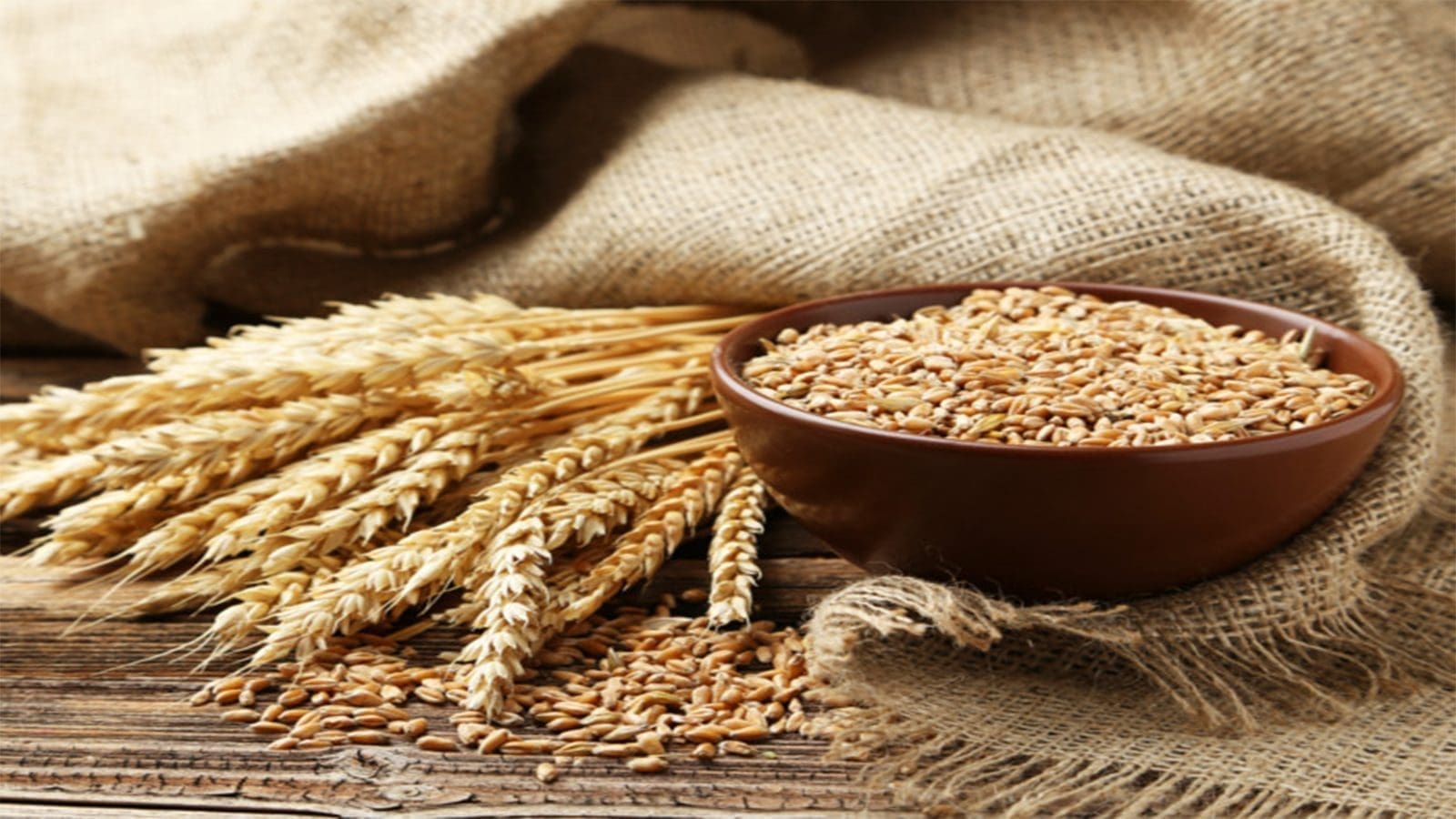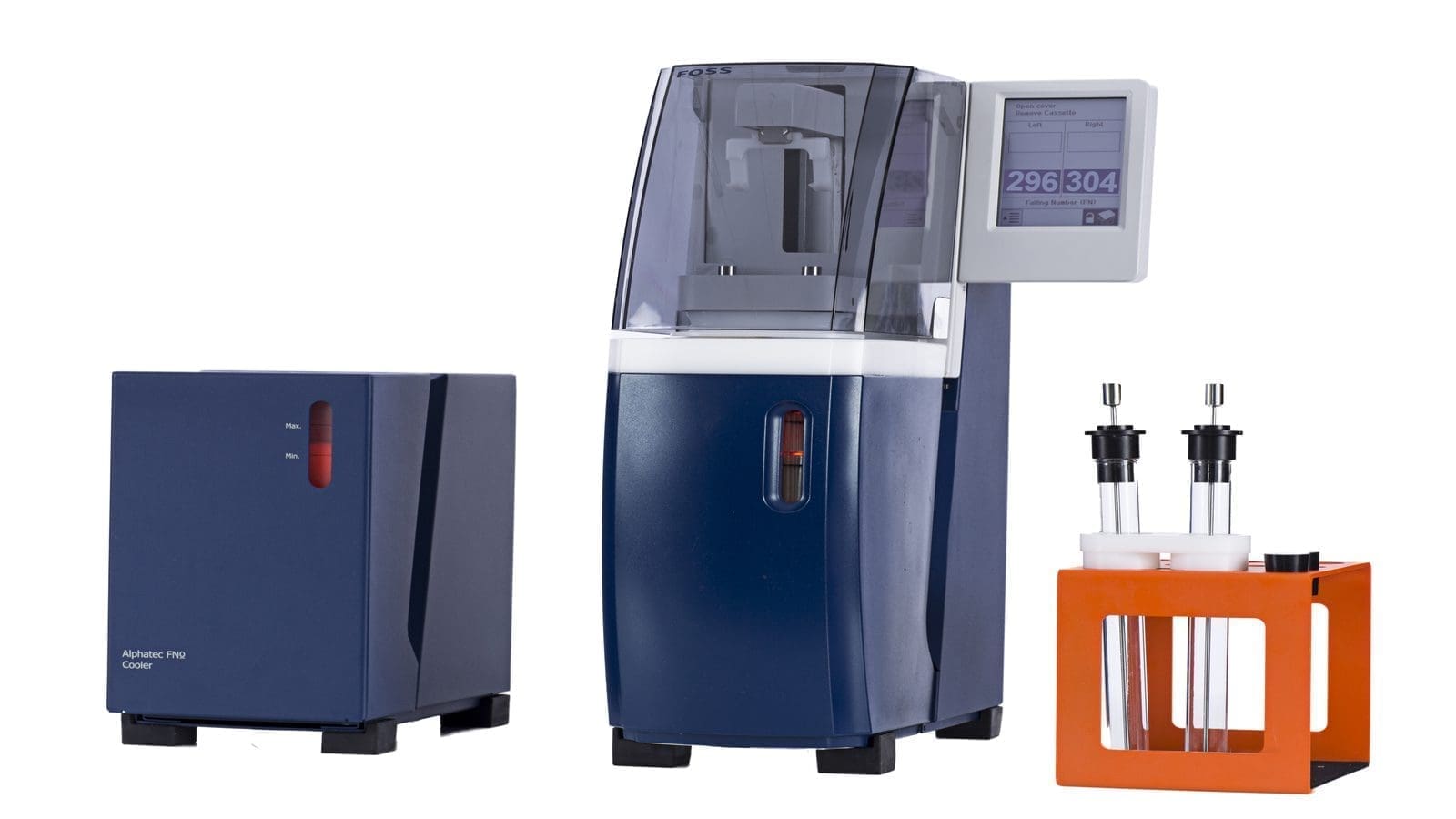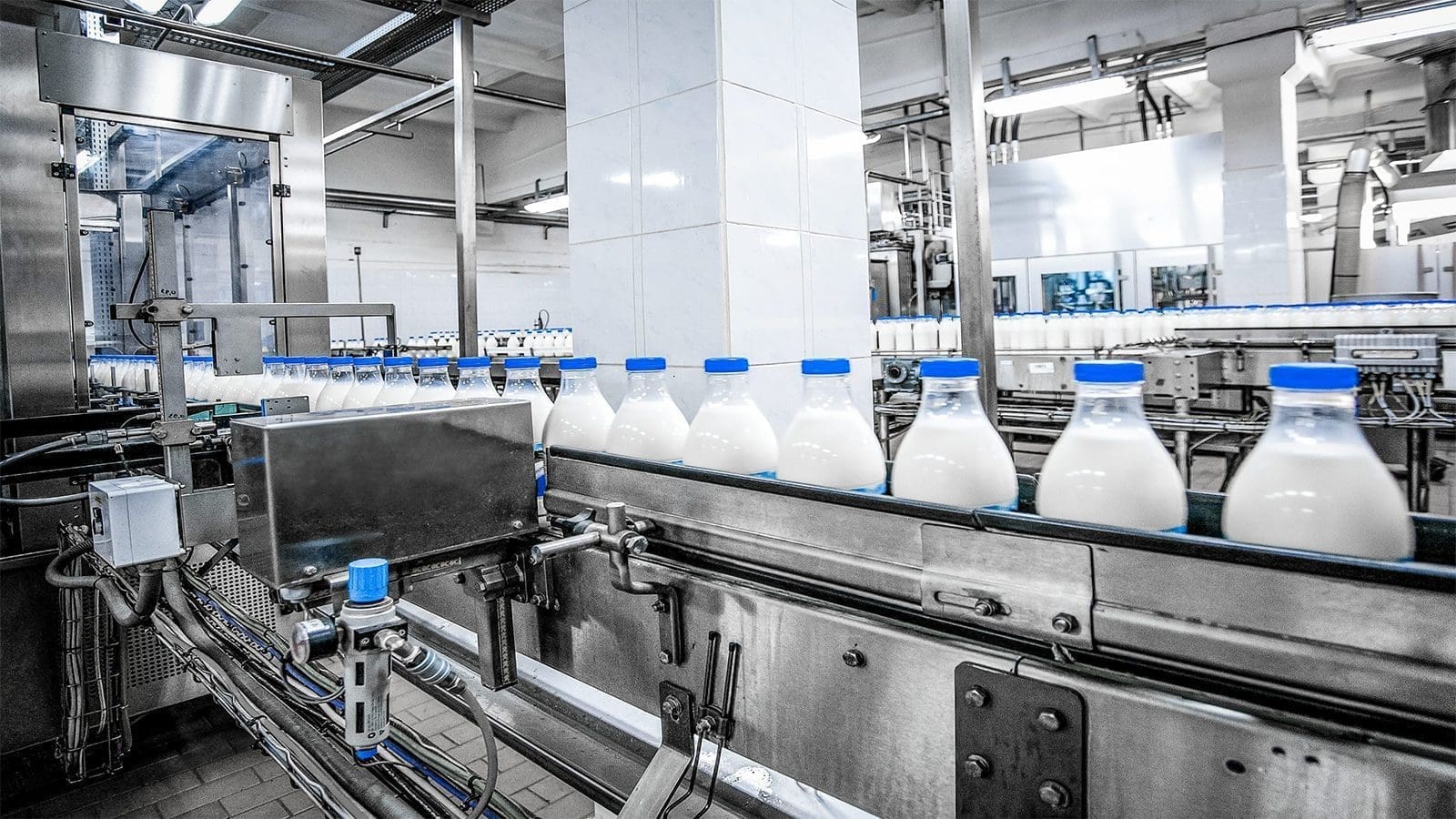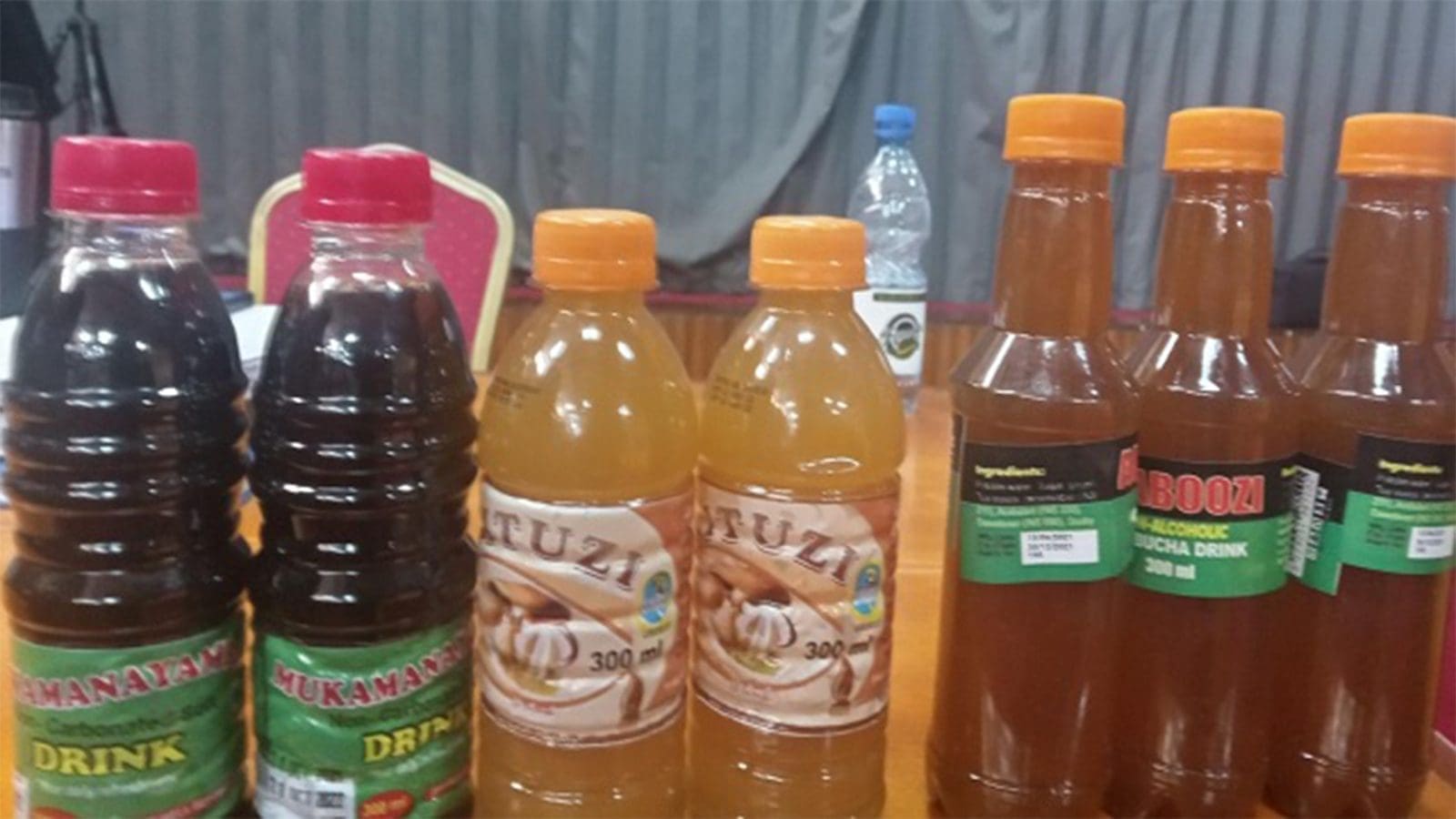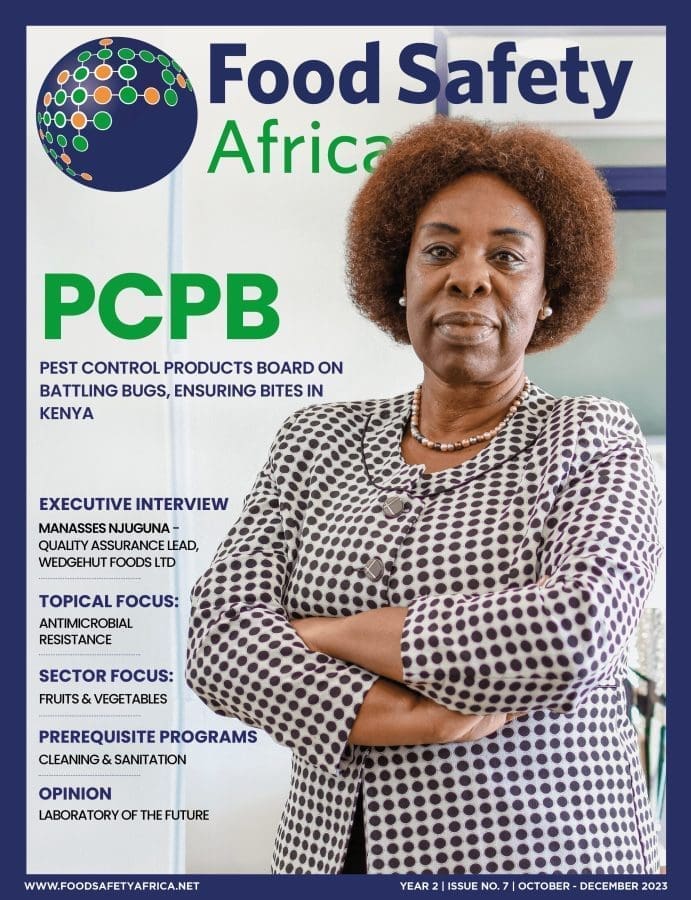EUROPE – The European Commission’s Joint Research Centre (JRC), a leading provider of Certified Reference Materials (CRMs) worldwide, has just released a new CRM for pesticide residues in wheat, ERM-BC706, certified for the content of 20 of the most commonly used pesticides.
This CRM will allow laboratories to validate their measurement methods according to a guideline provided by the European Commission’s Directorate-General for Health and Food Safety.
In this guideline, food commodities are grouped by their composition into ten major categories of their plant or animal origin, reflecting the different analytical challenges in method validation and quality control for different types of food.
Pesticides residues in food must be safe for consumers and as low as possible, and therefore EU laws set Maximum Residue Levels (MRLs) for each pesticide in each food product. An MRL is the highest level of a pesticide residue that is legally tolerated in food or animal feed.
EU countries’ official control laboratories regularly measure pesticide residue levels in food to ensure MRLs are respected. For non-compliant products enforcement action is taken by the national authorities.
Measuring pesticide residues remains challenging though. Currently, more than 300 different agricultural products need to comply with MRLs for over 800 different pesticides. Laboratories have to ensure that their measurement methods can deliver accurate and precise results in all these cases.
In order to achieve this, international standards require laboratories to use quality control tools such as CRMs, to check if their analytical results are accurate.
The new CRM ERM-BC706 is representative for food with a high starch content like wheat, barley, maize and rye. It complements already existing CRMs for high water content vegetables (cucumber, ERM-BC403), high oil content (soy beans, ERM-BC700), eggs (ERM-BB125), milk and milk products (BCR-187 and BCR-188) and fat from animal origin (ERM-BB430).
As the science and knowledge service of the Commission, the mission of the Joint Research Centre is to support EU policies with independent evidence throughout the whole policy cycle.
The JRC is organized into 10 Directorates covering different policy areas. One of them, Directorate F – “Health, Consumers and Reference Materials” is, amongst other services, responsible for the production of reference materials funded by the European Commission.
The work on reference materials (RMs), including certified reference materials (CRMs), is conducted at the Geel site of the JRC, located 60 km north-east of Brussels, Belgium.
Many EU policies are based on measurement results, sometimes in the inception phase to identify specific issues that require regulation, but more often in the implementation phase to monitor compliance and progress.
Certified reference materials are one important tool to ensure the quality of measurement results. They are crucial as anchor points for the calibration of measurements in complex natural and man-made systems and for the benchmarking of and within control and reference laboratories.
Liked this article? Subscribe to Food Safety Africa News, our regular email newsletters with the latest news insights from Africa and the World’s food safety, quality and compliance. SUBSCRIBE HERE


